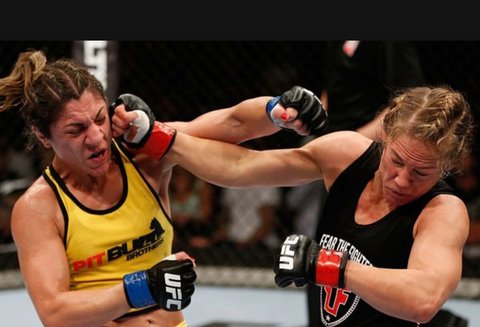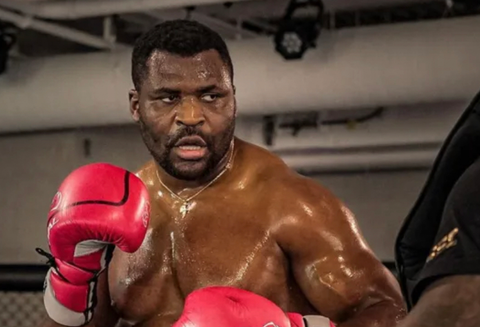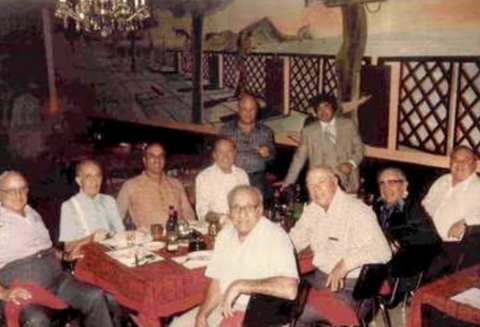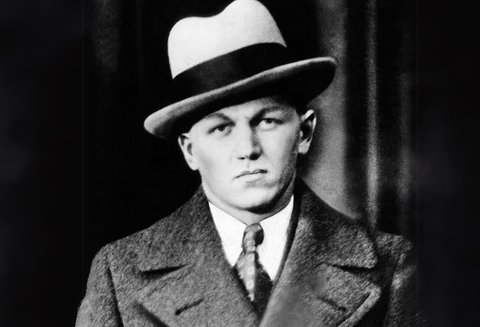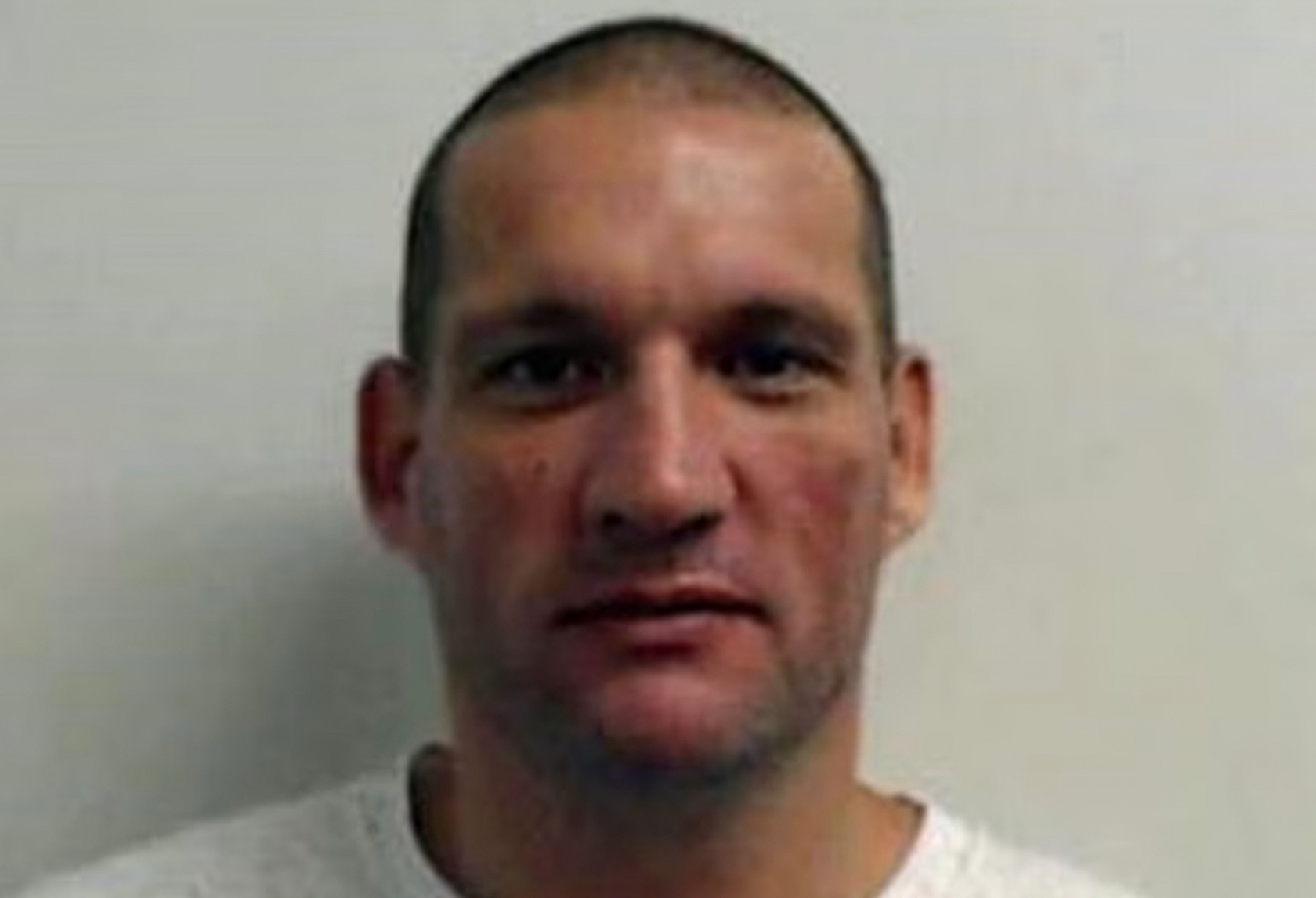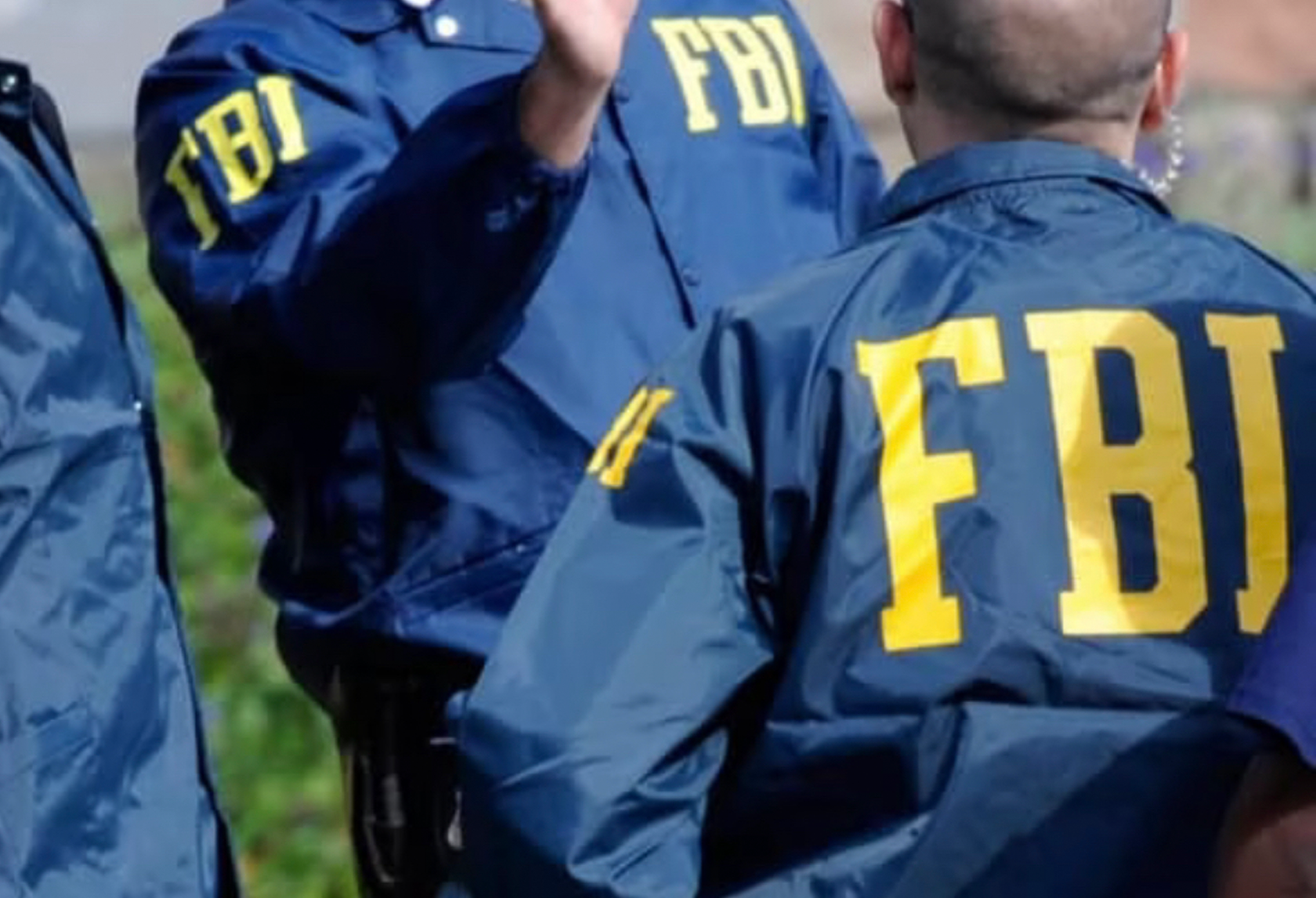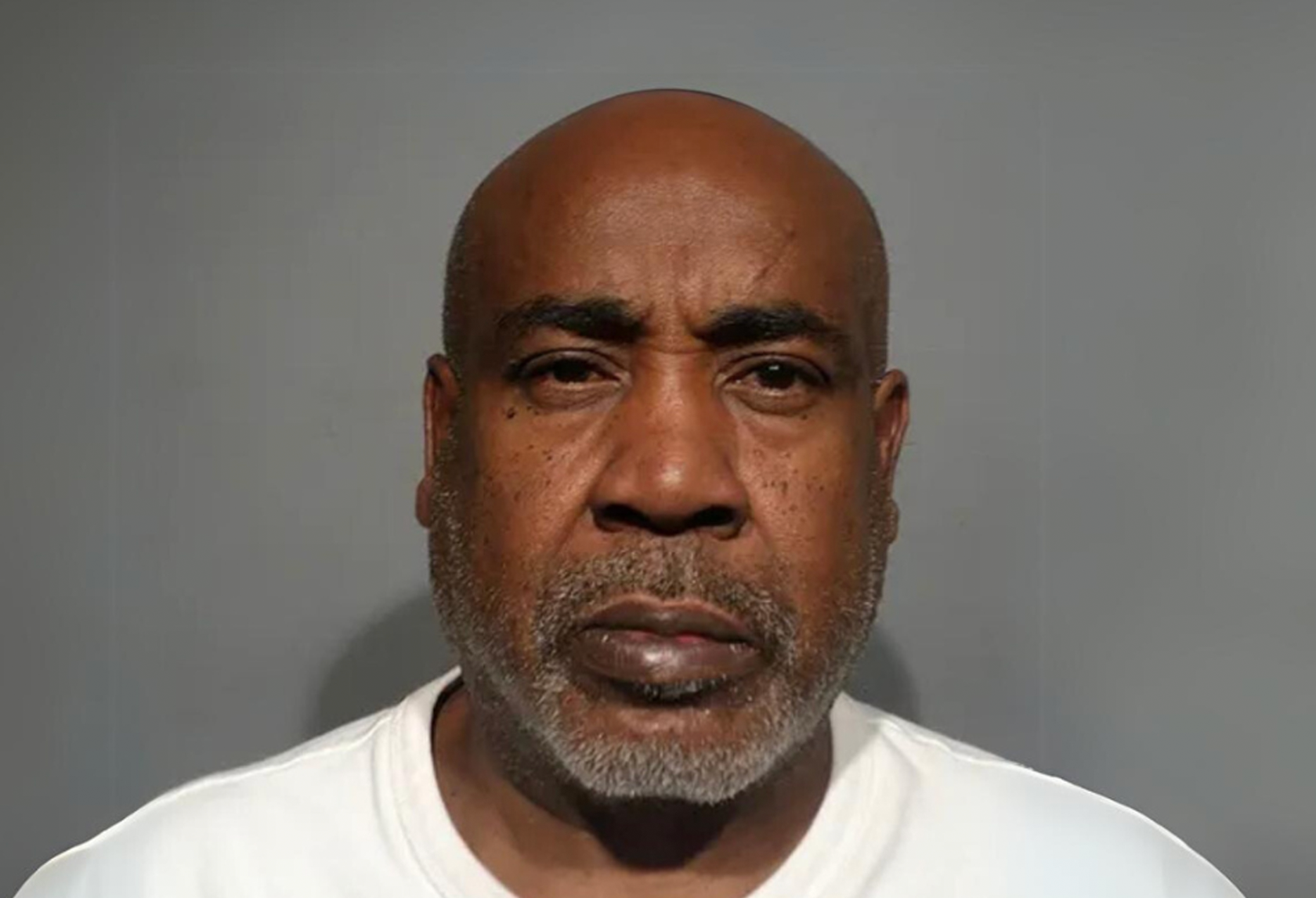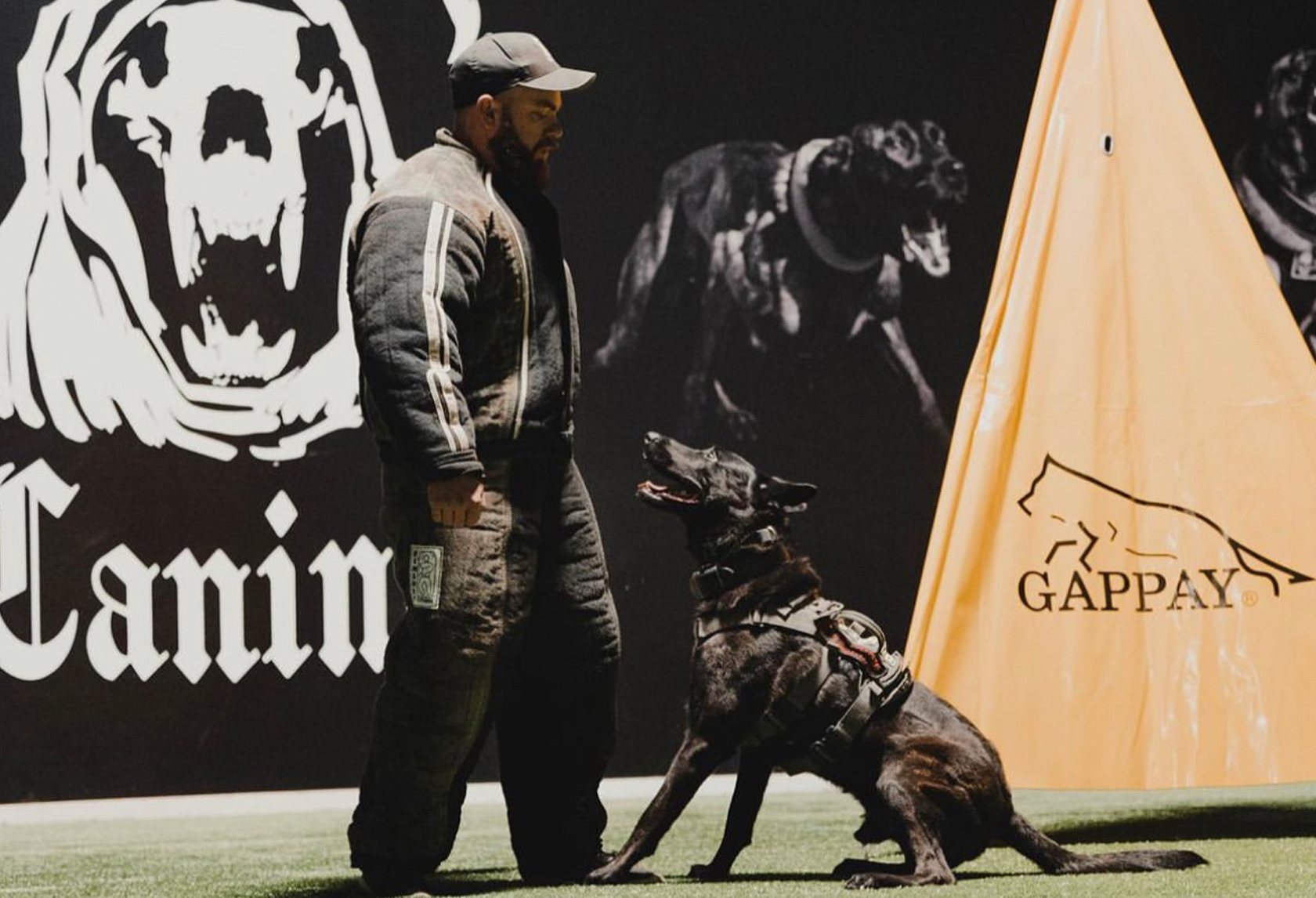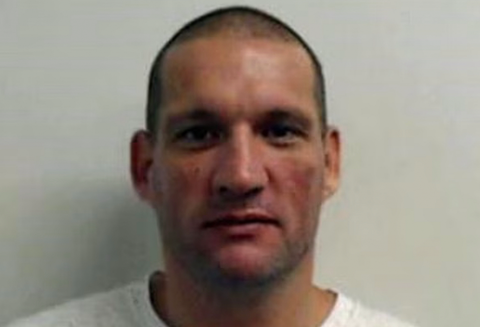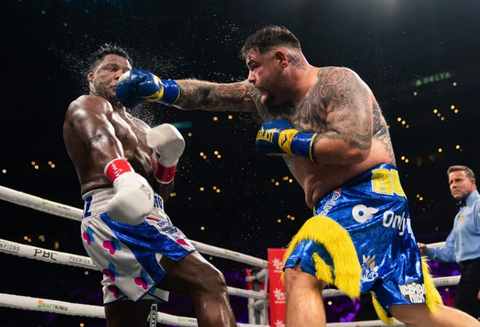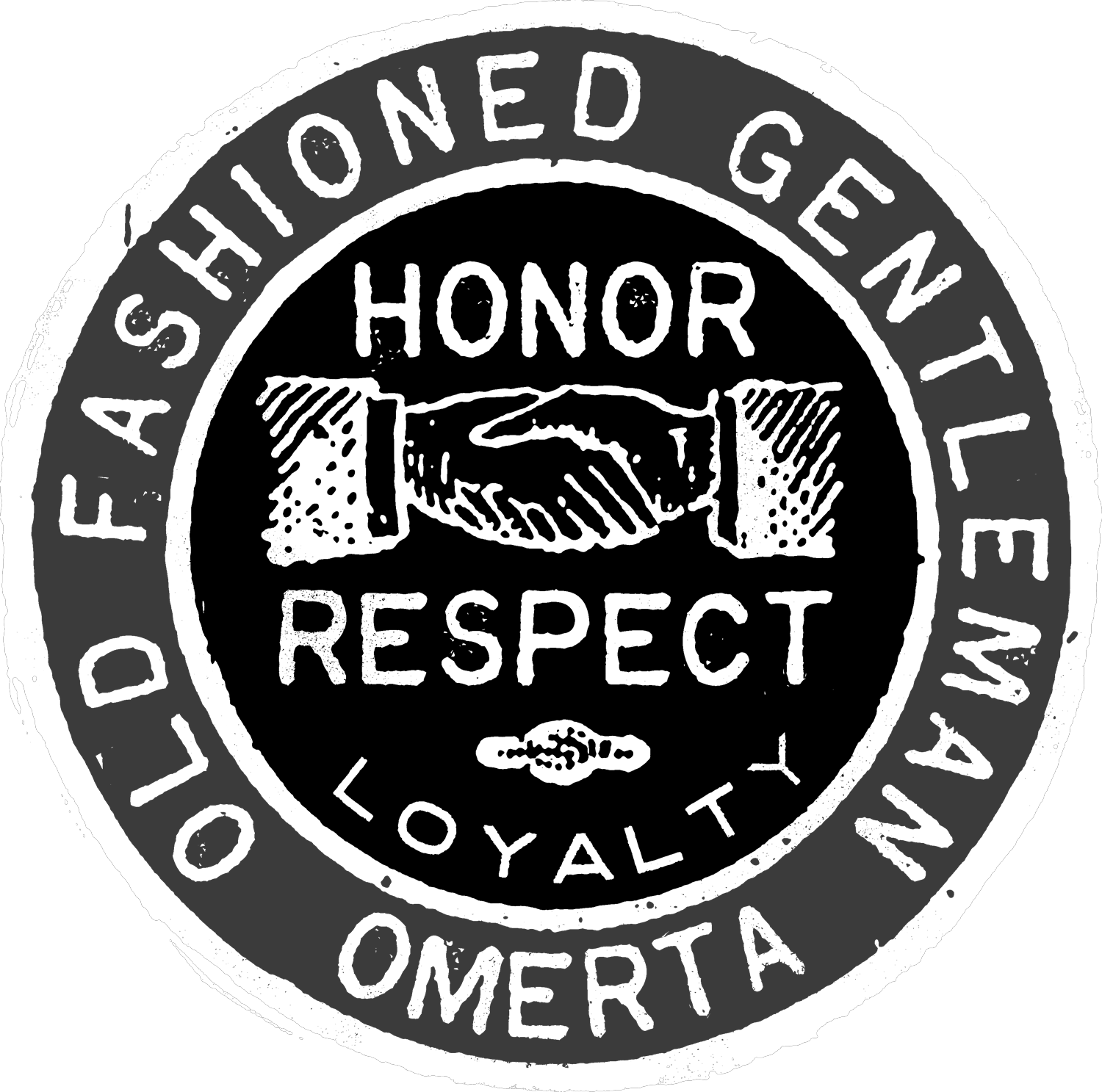Top Stories

FEATURED ITEM

During the Prohibition-era in the 1920s and 1930s, Porrello's grandfather and three uncles became prominent mob leaders in Cleveland. They were initially close friends with another Sicilian family, the Lonardos, even after migrating to Cleveland. However, their desire to cut into the corn sugar profits of the Lonardos led to a violent clash between the two families.
The catalyst for Porrello's interest in documenting his family's criminal past was a front-page story on February 26, 1932. The headline of The Plain Dealer read, "Gang Guns Kill 2 Porrellos and Ally." This shocking news reported that two of Porrello's uncles, Raymond and Rosario, along with their associate Dominic Gueli, were gunned down in a cigar shop on E 110th and Woodland. This location would later gain infamy as "Bloody Corner" due to the numerous mob-related killings that occurred there.
The struggle for corn sugar arose from the high demand for booze during Prohibition. Corn sugar, or zucchero di granturco, was cheaper and easier to ferment into alcohol compared to cane sugar. "Big Joe" Lonardo, standing tall at 6 feet 2 inches and weighing 300 pounds, was considered the head of the first Mafia family in Cleveland. He provided his Woodland Avenue residents with corn sugar, small stills, and other bootlegging necessities as home brewing became popular. By 1922, Lonardo's profits reached an impressive $5,000 per week.
As bootlegging became more prevalent, so did the number of bootlegging-related murders. On November 14, 1924, The Plain Dealer featured a headline that read, "Murder Trail Leads to Hi-Jackers." The article reported the double murder of Louis Rosen and Adolph Adelson, both involved in bootlegging. Though no one was charged with the murders, Lonardo's gang was suspected of being responsible.
Despite the increasing number of bootlegging murders, law enforcement officials in Cleveland seemed unconcerned. In an article published on April 19, 1926, The Plain Dealer reported a decrease in crimes like robberies since 1921. The reasoning behind this decrease was that professional criminals had shifted their focus to bootlegging, which was more profitable. The article nonchalantly stated that as long as the bootleggers killed each other and left law-abiding citizens alone, the police were not overly alarmed.
This casual indifference changed on October 13, 1927, when "Big Joe" Lonardo and his younger brother John were shot to death in the backroom of Ray Porrello's barbershop on Woodland Avenue. This event ignited a series of wars between the Porrellos and Lonardos, leading to years of bloody turf battles and keeping law enforcement officials busy.
By the end of the violent clashes, four Porrello brothers and three Lonardo brothers had been killed, along with several associates and Joe Porrello's bodyguard. These battles were not merely feuds; they were killings driven by the desire to control the lucrative bootlegging rackets. Salvatore Todaro, once an associate of the Lonardos, switched sides and became Joe Porrello's lieutenant. He was later gunned down by "Big Joe" Lonardo's son, Angelo, who ultimately admitted to the killing many years later.
In the 1930s, Frank Milano and his gang took over as Cleveland's primary crime family, replacing the Porrellos. Milano's standing in the underworld grew, and he even became part of the National Crime Syndicate, forming connections with high-profile mobsters like Charlie "Lucky" Luciano and Meyer Lansky. However, Milano fled to Mexico in 1935 after being indicted for tax evasion.
Amidst all the violence, it is important not to overlook the strong Italian legacy that brought families together during the Great Depression. Despite the criminal activities, there were genuine friendships and a profound sense of community on Woodland Avenue. Unfortunately, this sense of community has largely vanished in modern times.
During the Prohibition-era in the 1920s and 1930s, Porrello's grandfather and three uncles became prominent mob leaders in Cleveland. They were initially close friends with another Sicilian family, the Lonardos, even after migrating to Cleveland. However, their desire to cut into the corn sugar profits of the Lonardos led to a violent clash between the two families.
The catalyst for Porrello's interest in documenting his family's criminal past was a front-page story on February 26, 1932. The headline of The Plain Dealer read, "Gang Guns Kill 2 Porrellos and Ally." This shocking news reported that two of Porrello's uncles, Raymond and Rosario, along with their associate Dominic Gueli, were gunned down in a cigar shop on E 110th and Woodland. This location would later gain infamy as "Bloody Corner" due to the numerous mob-related killings that occurred there.
The struggle for corn sugar arose from the high demand for booze during Prohibition. Corn sugar, or zucchero di granturco, was cheaper and easier to ferment into alcohol compared to cane sugar. "Big Joe" Lonardo, standing tall at 6 feet 2 inches and weighing 300 pounds, was considered the head of the first Mafia family in Cleveland. He provided his Woodland Avenue residents with corn sugar, small stills, and other bootlegging necessities as home brewing became popular. By 1922, Lonardo's profits reached an impressive $5,000 per week.
As bootlegging became more prevalent, so did the number of bootlegging-related murders. On November 14, 1924, The Plain Dealer featured a headline that read, "Murder Trail Leads to Hi-Jackers." The article reported the double murder of Louis Rosen and Adolph Adelson, both involved in bootlegging. Though no one was charged with the murders, Lonardo's gang was suspected of being responsible.
Despite the increasing number of bootlegging murders, law enforcement officials in Cleveland seemed unconcerned. In an article published on April 19, 1926, The Plain Dealer reported a decrease in crimes like robberies since 1921. The reasoning behind this decrease was that professional criminals had shifted their focus to bootlegging, which was more profitable. The article nonchalantly stated that as long as the bootleggers killed each other and left law-abiding citizens alone, the police were not overly alarmed.
This casual indifference changed on October 13, 1927, when "Big Joe" Lonardo and his younger brother John were shot to death in the backroom of Ray Porrello's barbershop on Woodland Avenue. This event ignited a series of wars between the Porrellos and Lonardos, leading to years of bloody turf battles and keeping law enforcement officials busy.
By the end of the violent clashes, four Porrello brothers and three Lonardo brothers had been killed, along with several associates and Joe Porrello's bodyguard. These battles were not merely feuds; they were killings driven by the desire to control the lucrative bootlegging rackets. Salvatore Todaro, once an associate of the Lonardos, switched sides and became Joe Porrello's lieutenant. He was later gunned down by "Big Joe" Lonardo's son, Angelo, who ultimately admitted to the killing many years later.
In the 1930s, Frank Milano and his gang took over as Cleveland's primary crime family, replacing the Porrellos. Milano's standing in the underworld grew, and he even became part of the National Crime Syndicate, forming connections with high-profile mobsters like Charlie "Lucky" Luciano and Meyer Lansky. However, Milano fled to Mexico in 1935 after being indicted for tax evasion.
Amidst all the violence, it is important not to overlook the strong Italian legacy that brought families together during the Great Depression. Despite the criminal activities, there were genuine friendships and a profound sense of community on Woodland Avenue. Unfortunately, this sense of community has largely vanished in modern times.
Related Articles

The Audacity of Valerio Viccei: A Million-Dollar Heist and a Fall from Grace
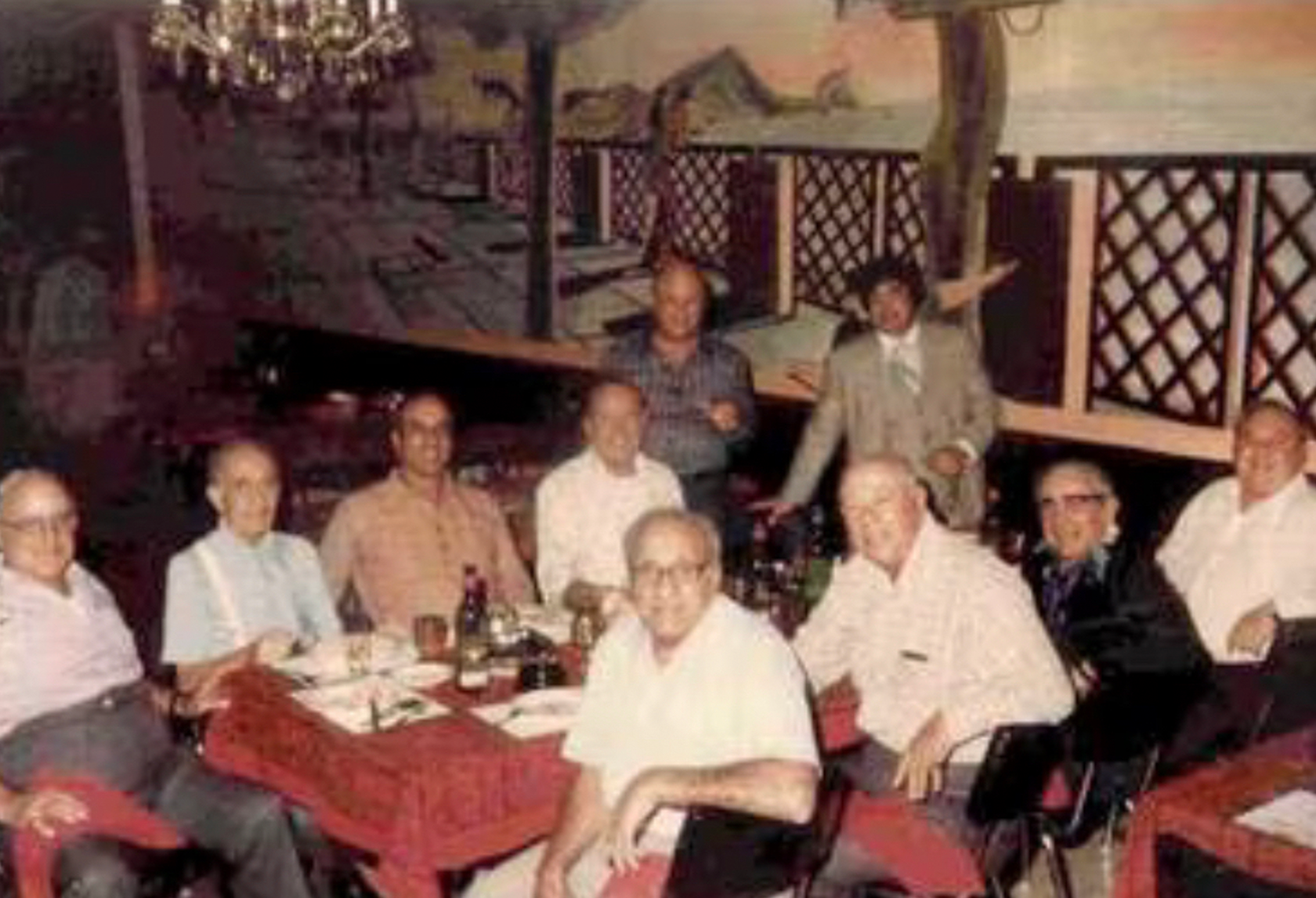
The Legacy of Joey 'the Clown' Lombardo: Unmasking a Notorious Chicago Mobster

Infamous Infancy: The Rise and Fall of Baby Face Nelson

The Helicopter Heist: Redoine Faid's Daring Prison Escape Shakes the World
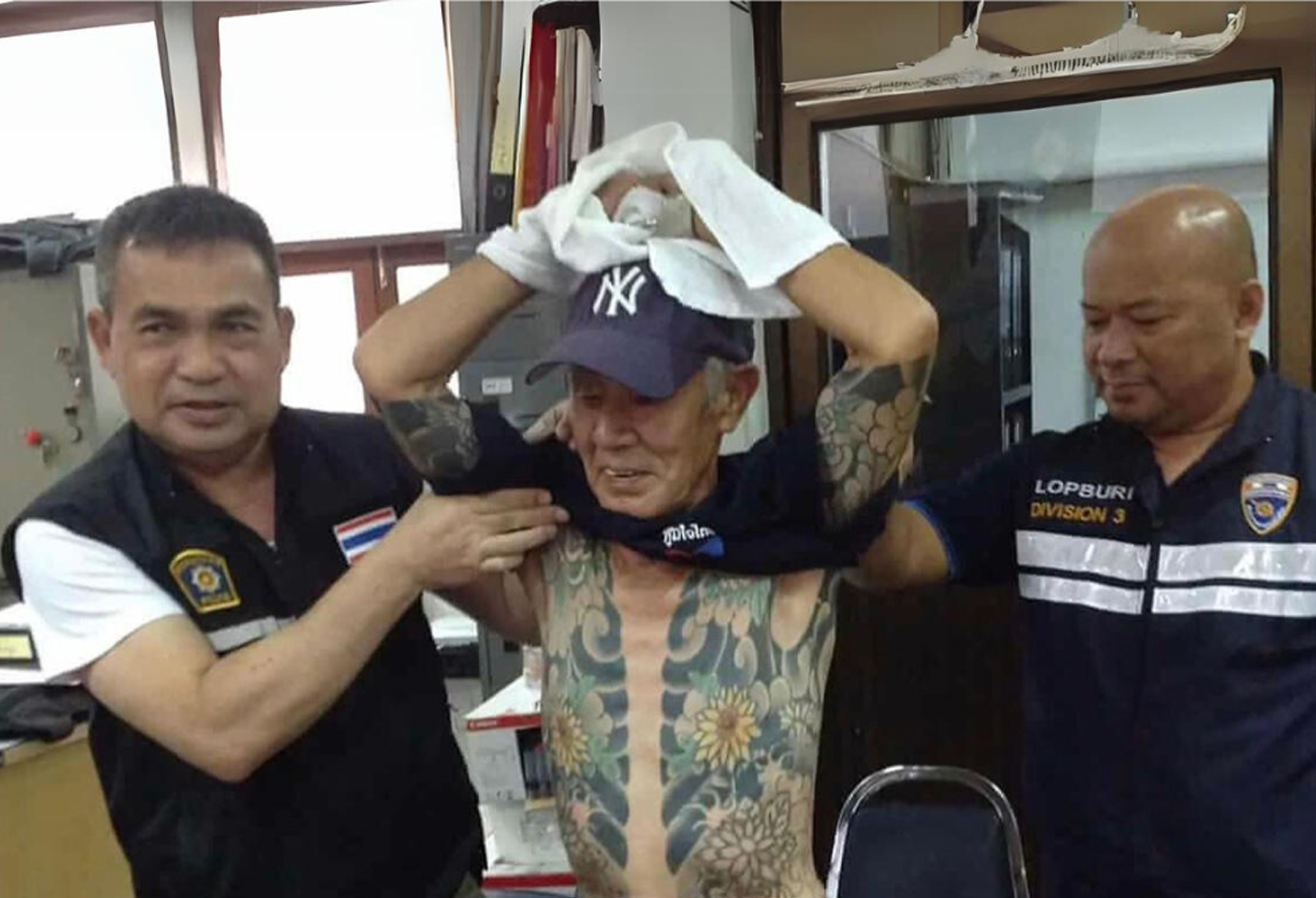
Caught in the Ink: How Social Media Exposed a Yakuza Boss in Thailand
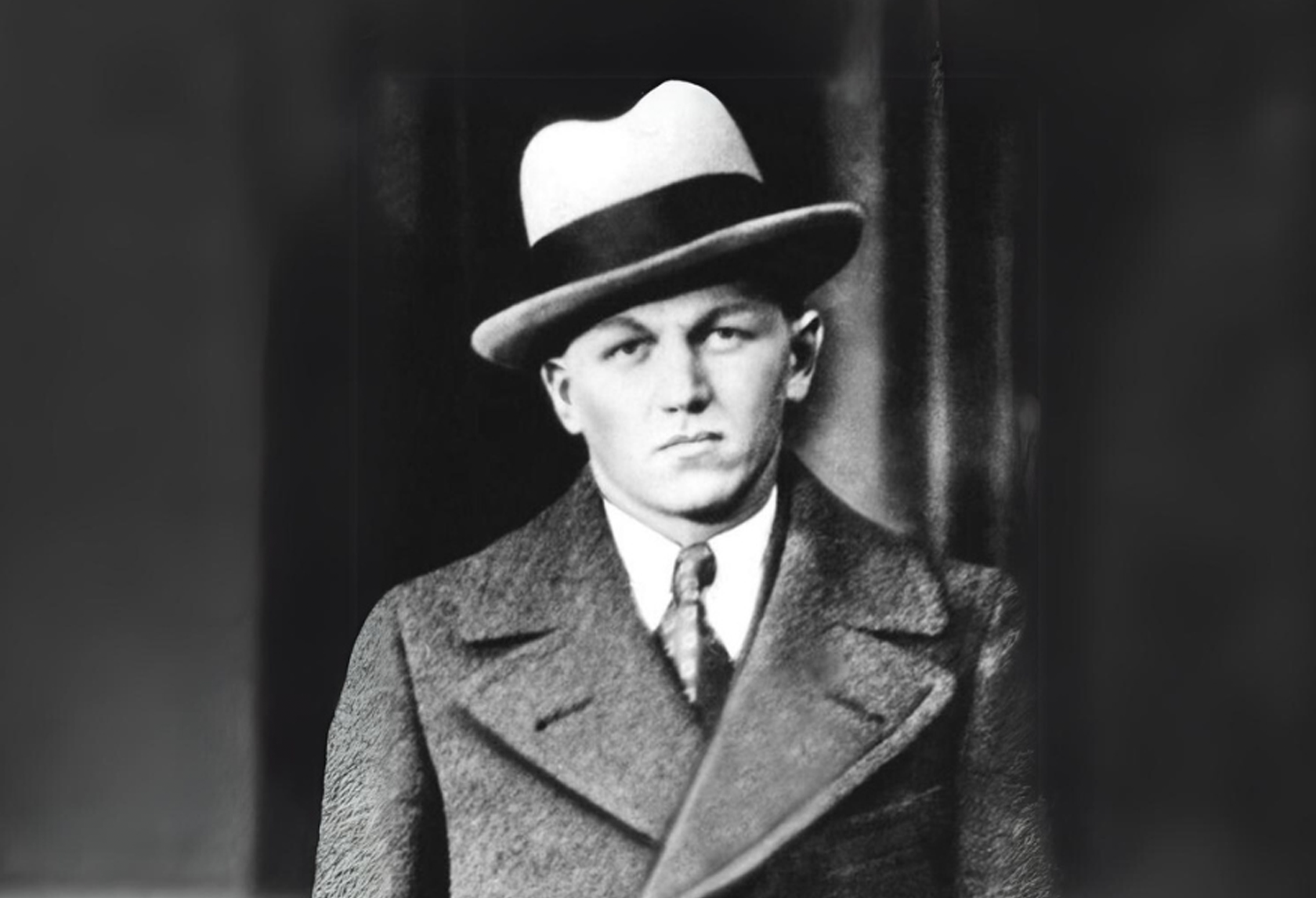
Notorious Reign: The Ruthless Legacy of Baby Face Nelson
Newest Releases
SHOP THE COMPLETE OMERTA STOREFEATURED ITEM
MOST POPULAR
ADVERTISMENT



